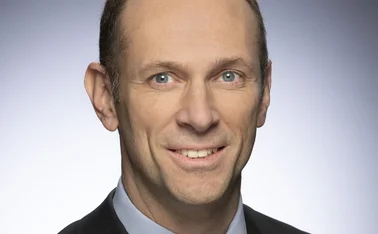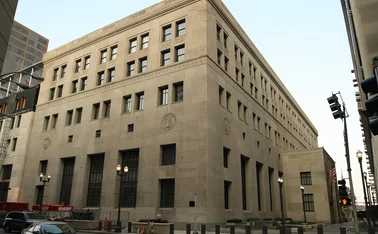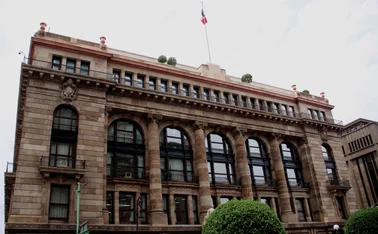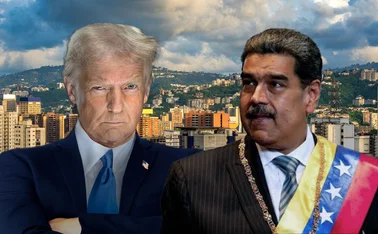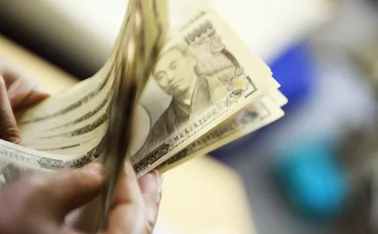
Draghi and Praet say ECB will continue with QE
Praet says interest rates should remain low “past the horizon of our net asset purchases”
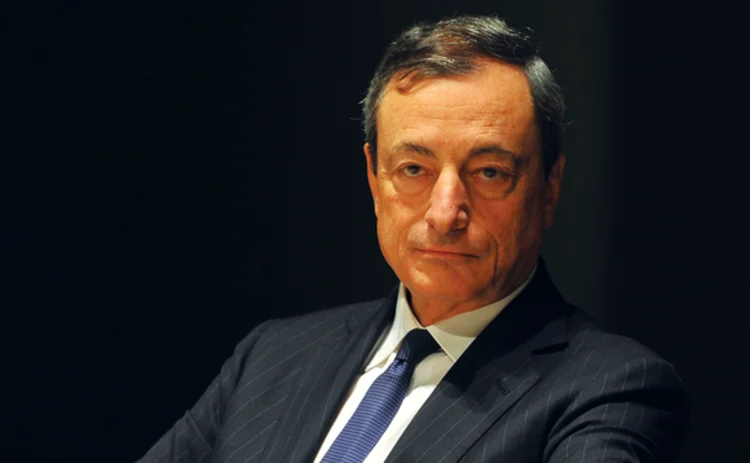
The European Central Bank’s (ECB) president and chief economist have both said the institution would continue with its quantitative easing (QE) policy until eurozone inflation showed firmer signs of a recovery.
Draghi reiterated that the ECB had “four criteria to confirm a sustained adjustment” to eurozone inflation. Headline inflation would have to be on a path to just below 2%, and there would need to be “sufficient confidence” that inflation would stabilise around that level, he told an
Only users who have a paid subscription or are part of a corporate subscription are able to print or copy content.
To access these options, along with all other subscription benefits, please contact info@centralbanking.com or view our subscription options here: subscriptions.centralbanking.com/subscribe
You are currently unable to print this content. Please contact info@centralbanking.com to find out more.
You are currently unable to copy this content. Please contact info@centralbanking.com to find out more.
Copyright Infopro Digital Limited. All rights reserved.
As outlined in our terms and conditions, https://www.infopro-digital.com/terms-and-conditions/subscriptions/ (point 2.4), printing is limited to a single copy.
If you would like to purchase additional rights please email info@centralbanking.com test test test
Copyright Infopro Digital Limited. All rights reserved.
You may share this content using our article tools. As outlined in our terms and conditions, https://www.infopro-digital.com/terms-and-conditions/subscriptions/ (clause 2.4), an Authorised User may only make one copy of the materials for their own personal use. You must also comply with the restrictions in clause 2.5.
If you would like to purchase additional rights please email info@centralbanking.com test test test
